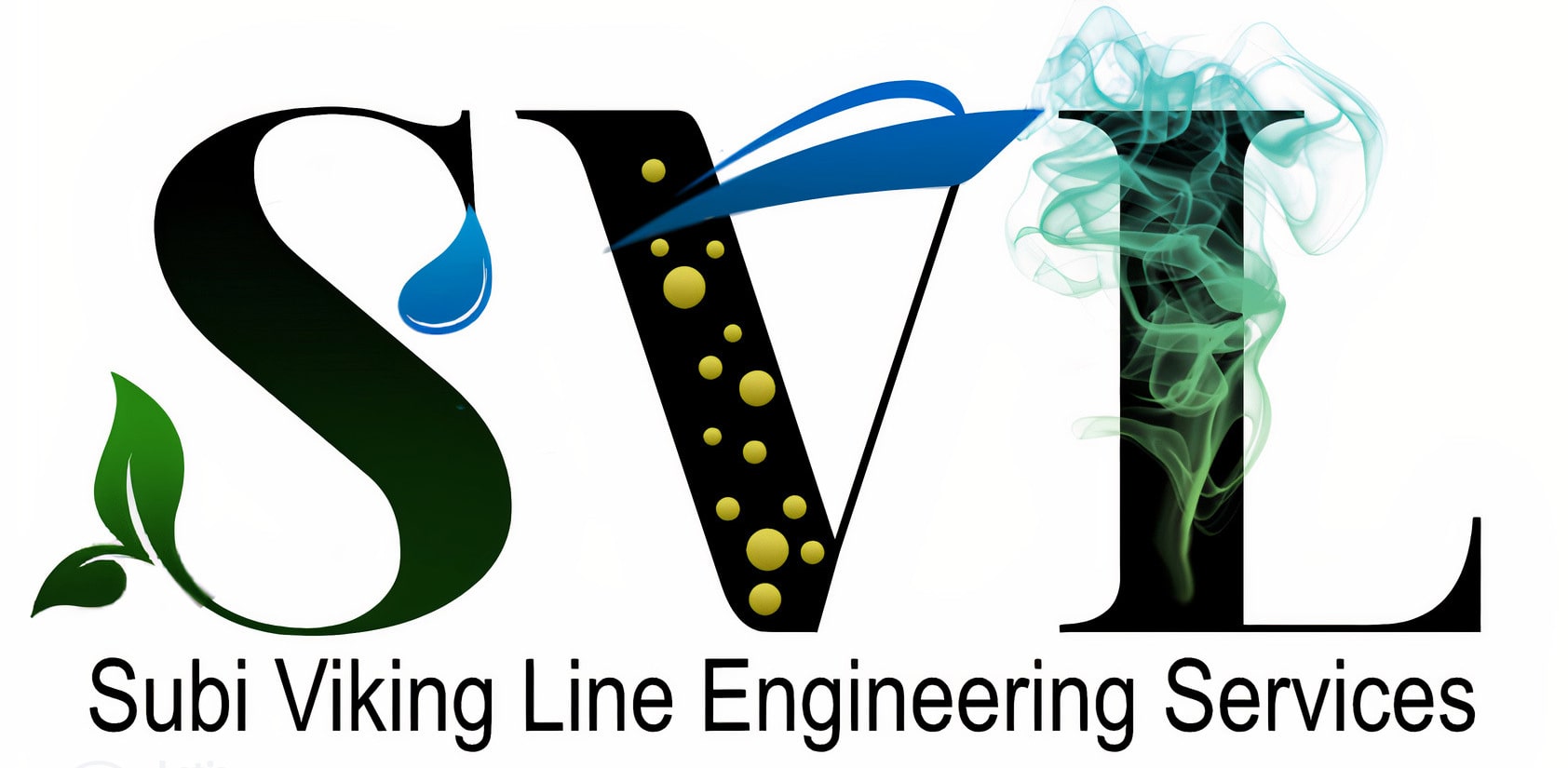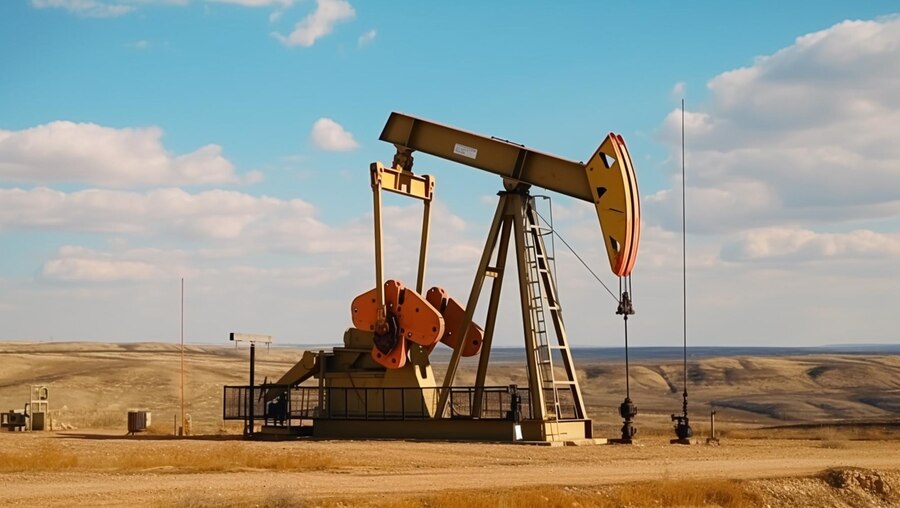Coal Seam Gas (CSG) extraction is a pivotal part of Australia’s energy strategy, providing a cleaner alternative to traditional fossil fuels. Here’s a closer look at how CSG is extracted and its impact:
🔍 Extraction Process:
Exploration: The journey begins with geological surveys and drilling to locate viable coal seams. Advanced technologies help identify and assess the quality and quantity of the gas reserves.
Drilling: Vertical wells are drilled into the coal seams to reach the gas pockets. In some cases, horizontal drilling is used to increase the contact area with the coal seam.
De-watering: To release the gas, water that naturally exists in the coal seam is pumped out. This process reduces the pressure in the seam, allowing the gas to flow more freely.
Gas Collection: The released gas is captured and brought to the surface through the well. It is then processed to remove impurities and separate it from water and other by-products.
Environmental Management: Modern CSG operations employ technologies to minimize environmental impact, including water recycling systems and measures to prevent groundwater contamination.
🌍 Benefits and Considerations:
Reduced Carbon Footprint: CSG burns cleaner than coal, contributing to lower greenhouse gas emissions.
Economic Growth: The industry generates significant economic benefits, including job creation and investment opportunities.
Sustainability Efforts: Ongoing advancements aim to further reduce environmental impacts and enhance the efficiency of extraction processes.
Australia’s commitment to responsible CSG extraction ensures that we leverage this resource effectively while addressing environmental and community concerns.
Let’s continue to innovate and lead the way in sustainable energy practices!

